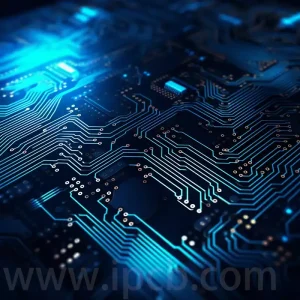
High Frequency PCB Design Challenges and Optimisation
With the advancement of modern electronic technology, the trend towards high-frequency signal transmission and high-speed digitalisation has become mainstream, making high frequency PCB design a crucial field of research. High

Types and Applications of Flexible Circuit Boards
Flexible printed circuits (FPC), also known as flexible circuit boards, stand out in the electronics sector due to their high wiring density, lightweight and slim profile, and exceptional bending performance,
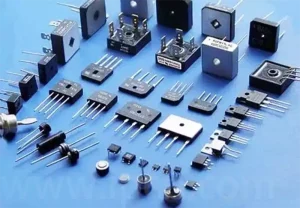
Methods for soldering electronic components to PCBs
In the manufacturing and repair of electronic products, soldering electronic components constitutes a fundamental and critical process. To ensure the proper functionality and long-term stability of circuit boards, strict adherence
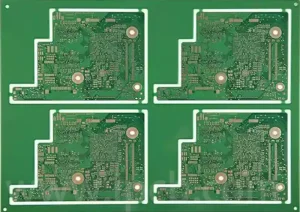
Rogers PCB Assembly Guide
Rogers PCB assembly is a core process in the manufacturing of modern high-performance electronic devices. This article aims to detail how, during Rogers PCB assembly, exceptional performance and reliability are
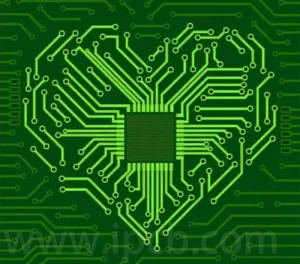
RO4000® Series High Frequency PCB Materials Applications
In the field of high frequency pcb circuit design, the quality of material properties directly determines signal transmission efficiency and stability. With the rapid advancement of technologies such as 5G
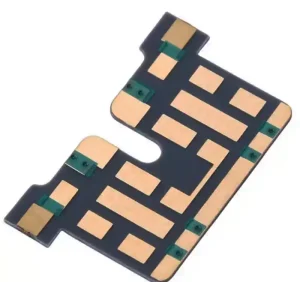
Planning and Function of RF Circuit Design Zones
In RF circuit design, signal interference, power supply noise, and mutual interference between components often become critical factors limiting system performance. Through scientific and rational partitioning design, effectively separating circuit
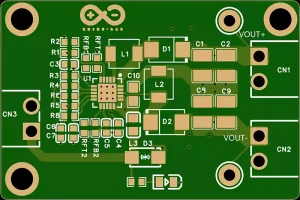
RF PCB Single-Board Laminate and Routing
The laminate structure of RF PCB must consider not only the impedance of RF signal traces but also heat dissipation, current, components, EMC, structural integrity, and skin effect. When layering
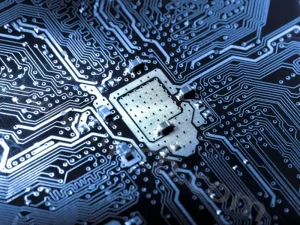
Key Elements of CCL Laminating
The CCL (Copper Clad Laminate) lamination process utilizes high-temperature and high-pressure conditions to achieve a tight and robust bond between the copper foil and substrate within the laminate. This process
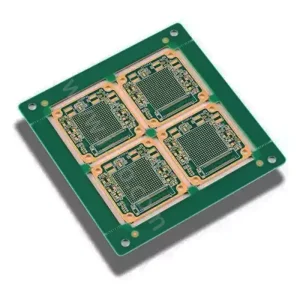
PCB Circuit Board Connection Methods
Connections between pcb circuit boards are primarily achieved through conductive connectors, wires, flexible printed circuits (FPC), board-to-board connectors, and soldering techniques. Among these, flexible printed circuits (FPC) serve as a
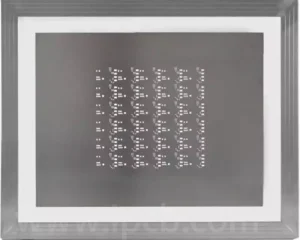
The Role and Classification of SMT Stencils in Surface Mount Technology
SMT stencils, commonly referred to as ‘templates’, are an indispensable component of the SMT (Surface Mount Technology) process; they serve as the template for printing solder paste onto the PCB
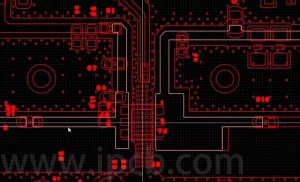
Factors Affecting PCB Trace Impedance and Calculation Methods
PCB trace impedance refers to the total resistance encountered by electrical signals during transmission across a PCB board. In layman’s terms, it represents the ‘resistance’ encountered by electrical signals as
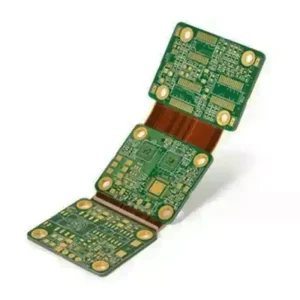
Characteristics and Applications of Semi Flex PCB
Semi flex pcb is essentially “standard” multilayer PCBs manufactured using specific grades of FR4. The thickness of the FR4 is subject to particular tolerances, enabling thinner sections to provide the
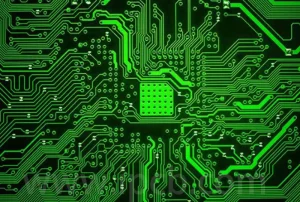
Key Considerations and Strategies for High Speed PCB Design
High speed PCB design specifically refers to systems that utilise high speed digital signals to transmit data between components. The boundary between high-speed digital design and simpler circuit boards employing
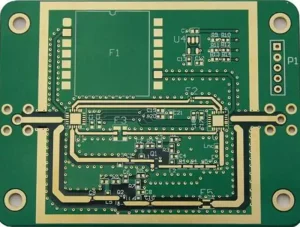
The Importance of PCB Impedance Control and Its Effects
The Impact of PCB Impedance Control on Circuit Performance and Stability. In the design of high-frequency, high-speed electronic products, the stability and reliability of circuit performance critically influence product quality.
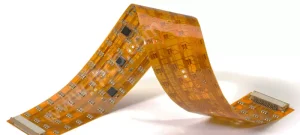
Methods for Enhancing the Reliability of Flexible PCB
Driven by innovation in consumer electronics, medical devices, aerospace, and other fields, flexible pcb (FPC) have become core components for achieving three-dimensional structural integration and dynamic functionality in devices. However,

Rapid PCB Prototyping Applications in Electronics Development
Introduction — What is Rapid PCB Prototyping? Rapid PCB prototyping (PCB) plays a crucial role throughout the entire electronics product development lifecycle. It’s a critical step in transforming design concepts
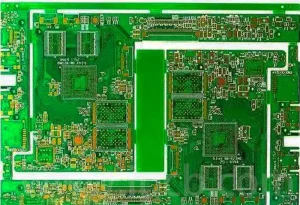
PCB Silkscreen Printing Design
Silkscreen printing is typically employed to mark useful information on PCB boards, aiding users during the assembly process. It serves to label component values, part numbers, polarity, and other details,
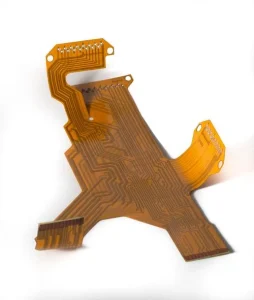
Coverlay Flex PCB Applications and Future Trends
Introduction and Background In modern electronic product design and manufacturing, flexible printed circuits (FPCs) have expanded from a limited number of high-end applications to encompass a wide range of fields,
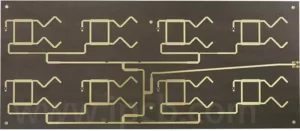
Rogers RT duroid high-frequency materials
Rogers RT duroid high-frequency circuit materials are composite laminates of PTFE (with random fillers of glass or ceramic), suitable for high-reliability applications such as aerospace. For many years, the RT/duroid
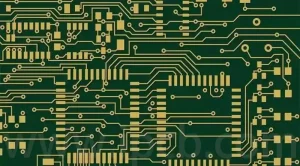
The Difference Between Rigid PCB and Flexible PCB
Rigid PCB, commonly referred to simply as PCBs, are what most people envision when thinking of circuit boards. These boards utilise conductive tracks and other components arranged upon a non-conductive
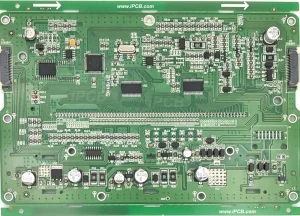
Qu’est-ce que le PCBA ?
Qu’est-ce qu’un PCBA ? PCBA signifie PCB Assembly, c’est-à-dire Printed Circuit Board Assembly, c’est-à-dire que les composants électroniques sont fixés sur le PCB par soudure ou enfichage pour former un
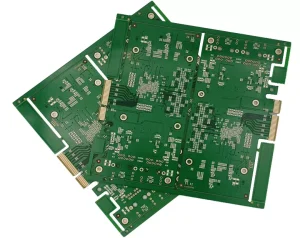
Was ist eine Leiterplatte?
Was ist eine Leiterplatte? Die Leiterplatte ist die Kernkomponente der Elektronikindustrie und die Hauptplatine der elektronischen Fertigungsindustrie. Die Entwicklung der pcb ist eng mit dem rasanten Fortschritt der Elektroniktechnologie verbunden

Qu’est-ce que le circuit imprimé ?
Qu’est-ce qu’un circuits imprimé ? Le circuit imprimé est le composant central de l’industrie électronique et la carte mère de l’industrie de fabrication électronique. Le développement des circuits imprimés est
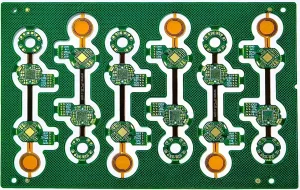
Électronique médicale circuits imprimés
Les circuits imprimés électroniques médicaux sont devenus l’un des types de circuits imprimés les plus complexes et les plus difficiles à fabriquer dans l’industrie. L’assemblage des circuits imprimés joue un